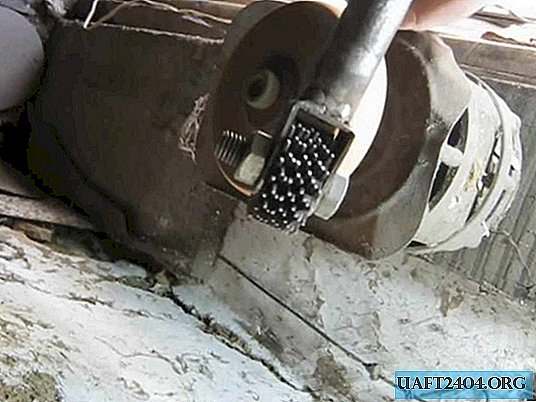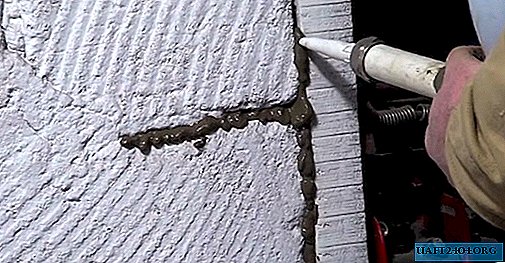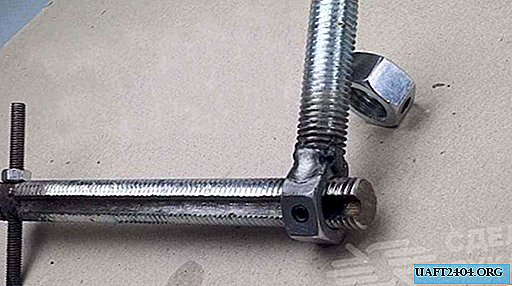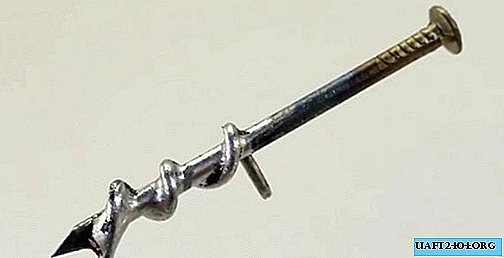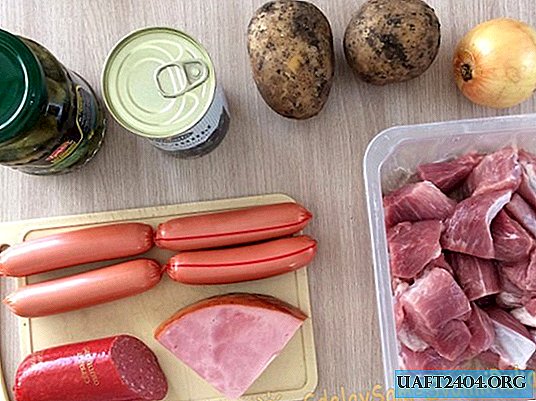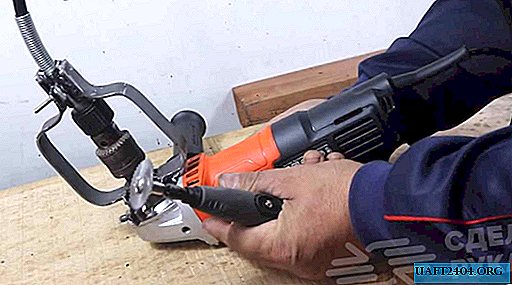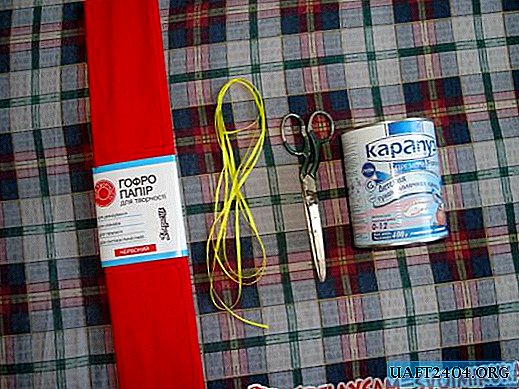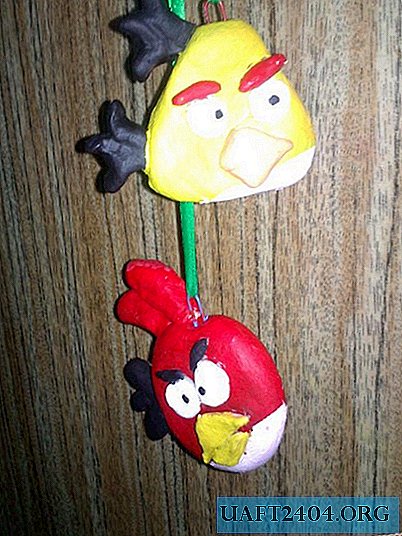Share
Pin
Tweet
Send
Share
Send
Before you make the details of the tack, you need to do two things: first, to decorate all the fabrics, that is, iron them well with steam, and secondly, to make a tack in the form of a sheet from a tree from paper or cardboard. Its size and shape can be arbitrary.
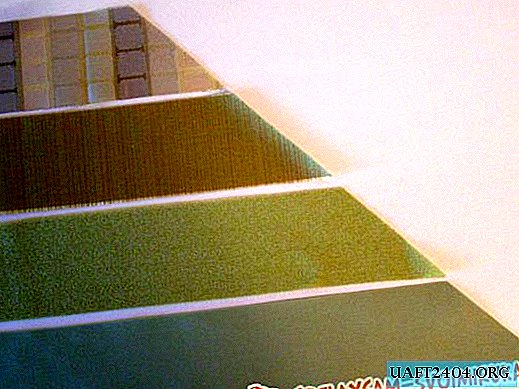
From prepared pieces of fabric, it is necessary to cut out strips 4 cm wide and of arbitrary length, one end section of each strip should be cut off by 45 degrees. This is required by the design and specifics of tack assembly.

Cut strips should be sewn together with a seam 1 cm wide, starting assembly from the corners, as shown in the photo.
Periodically, a tack pattern should be applied to the stitched fabric and check whether it already enters or not yet.

The assembled canvas should be ironed carefully, guiding the seam allowances in one direction. According to the pattern, the part should be outlined and cut out in the form of a half sheet. Similarly, you need to collect a soul mate.

Halves of the tack must be sewn together with a seam 1 cm wide. The seam allowances should be ironed.

After that, the front part of the tack should be quilted on a synthetic winterizer. For convenience, you can start to pin the part on the synthetic winterizer using safety pins, then lay the finishing stitches along each seam of the part and around the perimeter, and then remove the pins.
Excess sintepon should be cut.

From the existing scraps you need to cut the wrong side of the tack. You can make it whole, split into two parts or exactly the same as the front side - it all depends on the desire and capabilities of the needlewoman.
The front and back sides of the tack should be chopped together using pins.


In the upper part of the tack, you should sew it by hand or glue a loop for hanging and a small piece of tape for accurate processing of the ends of the oblique inlay.

The outer section of the tack should be edged with an oblique tie. First, you need to grind it from the inside out, laying a line in the groove of the inlay.

Then the oblique inlay must be wrapped on the front side of the product and marked with manual stitches.

After that, it will be possible to lay the finishing line along the edge of the inlay, and remove the note.

The joints of the slanting inlay must be closed by bending a piece of tape on the front side and scribbling it.

The finished tack should be ironed if necessary. As a decor for her, you can use a small bow tied from a ribbon and a bead. The tack is ready!
Share
Pin
Tweet
Send
Share
Send

